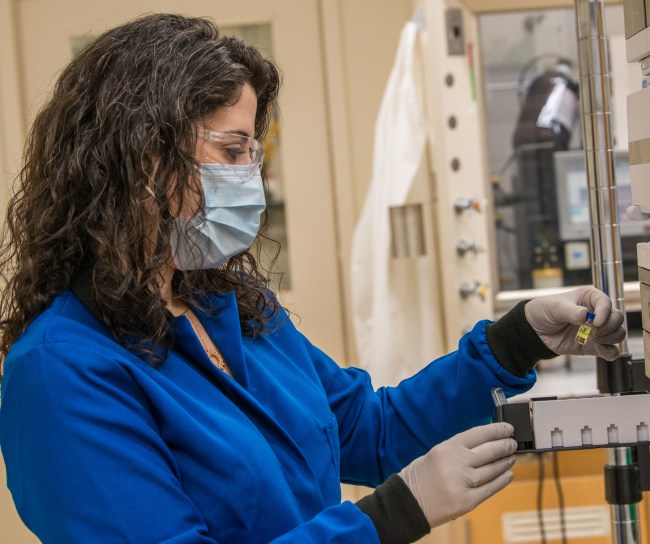Women in science? Absolutely
Strong career paths and cutting-edge science draw more women scientists — like chemists and engineers — to our small molecule process R&D team
February 3, 2023
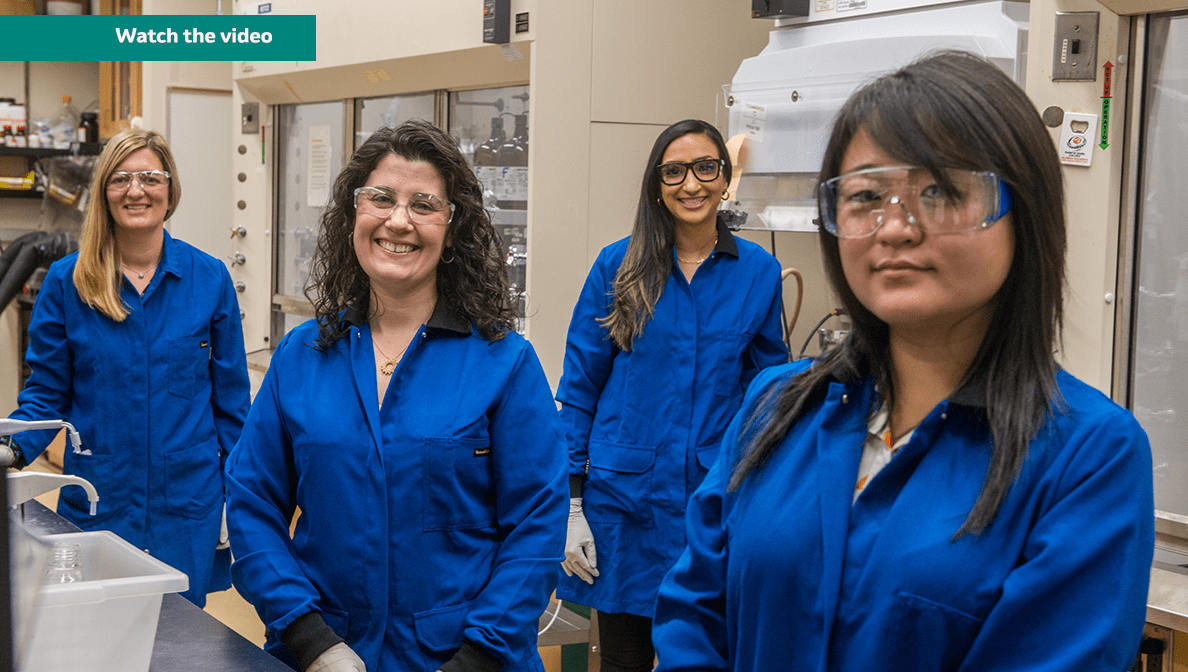
Women scientists have historically been underrepresented in the field of process research and development — the space between drug discovery and manufacturing. However, over the past seven years, the percentage of women on our company’s small molecule process research & development (SM PR&D) team has nearly doubled and continues to grow.
“This progress is important because it reflects our mindset that diversity and inclusion fuel creativity and innovation.”
- Jamie McCabe Dunn
Director, process chemistry
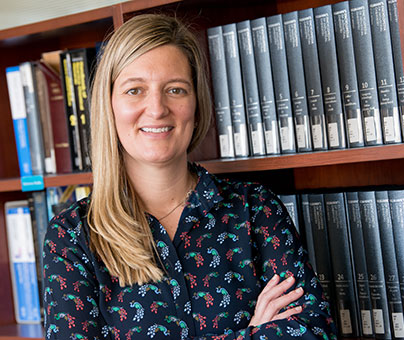
“Our group today looks dramatically different than it did when I first started 14 years ago because we’ve taken steps to build more diverse teams,” said McCabe Dunn.
And, women chemists and engineers are vital to our success.
“While we’ve come a long way in the last decade, achieving greater gender equity must continue to be a priority for all leaders,” said Kevin Campos, vice president.
One successful approach has been for women leaders to take more active roles in recruiting talent. This allows for greater relationship building among female candidates applying for jobs in science fields and provides a vision for growth opportunities at our company.
“We’re also expanding relationships with more academic institutions and casting a wider net to find excellent talent,” said McCabe Dunn. “As more women join the company and see the strong career paths open to them, we expect to see even greater diversity.”
A woman chemical engineer in a male-dominated field
Eighteen years ago, when Marguerite Mohan joined Merck, she was one of a small group of women scientists on the team. Although not different from what she experienced academically, she recalls being asked whether she thought this environment would limit her.
“I had no concerns being in the gender minority…I knew I was here because of my ability.”
- Marguerite Mohan
Executive director, chemical engineering, SM PR&D
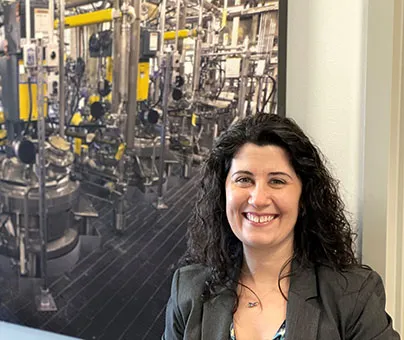
“I loved being a chemical engineer and wanted to apply my skills where I’d make an impact on people’s lives. The interface of research and manufacturing was a great place to start,” said Mohan.
Tasked with developing and scaling up processes to safely, innovatively and robustly produce drug candidates for clinical trials and commercial use — these teams deliver for patients through cutting-edge science. They challenge the status-quo and try new things. That’s also how they recognize and develop talent.
“We’re committed to making sure everyone’s voice is heard and respected. This has allowed women to frame what technical growth looks like from our point of view, bringing diversity of thought to the problem-solving and leadership table,” said Mohan. “By challenging the status quo, we’re creating stronger, more innovative teams filled with unique scientific talent.”
A new generation of women scientists
Niki Patel and Cindy Hong joined our company within the past six years — both drawn, in part, to our reputation as a scientific leader committed to improving human health.
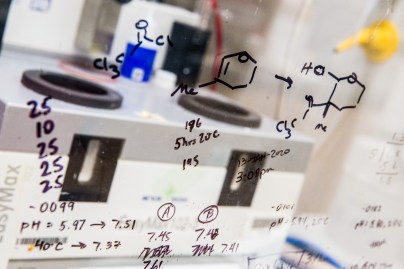
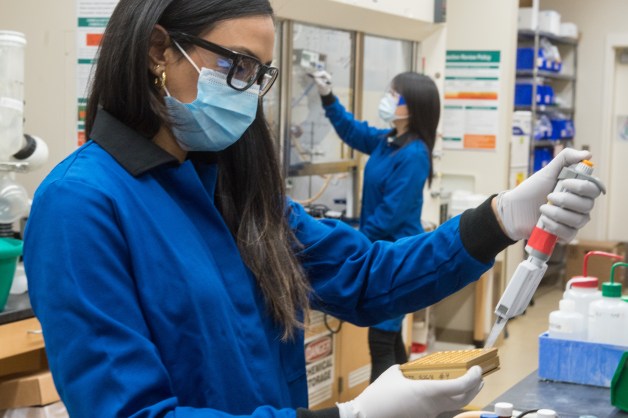
“I was very aware of the team’s novel and innovative science through publications in high-profile, peer-reviewed journals and presentations at conferences. This was a place where I wanted to do great science,” said Patel, associate principal scientist.
It was also a place where both Patel and Hong knew they’d fit in.
“As a female graduate student, I was definitely outnumbered. But, when I interviewed here, I saw such diversity on the teams – including at leadership levels.”
- Cindy Hong
Associate principal scientist
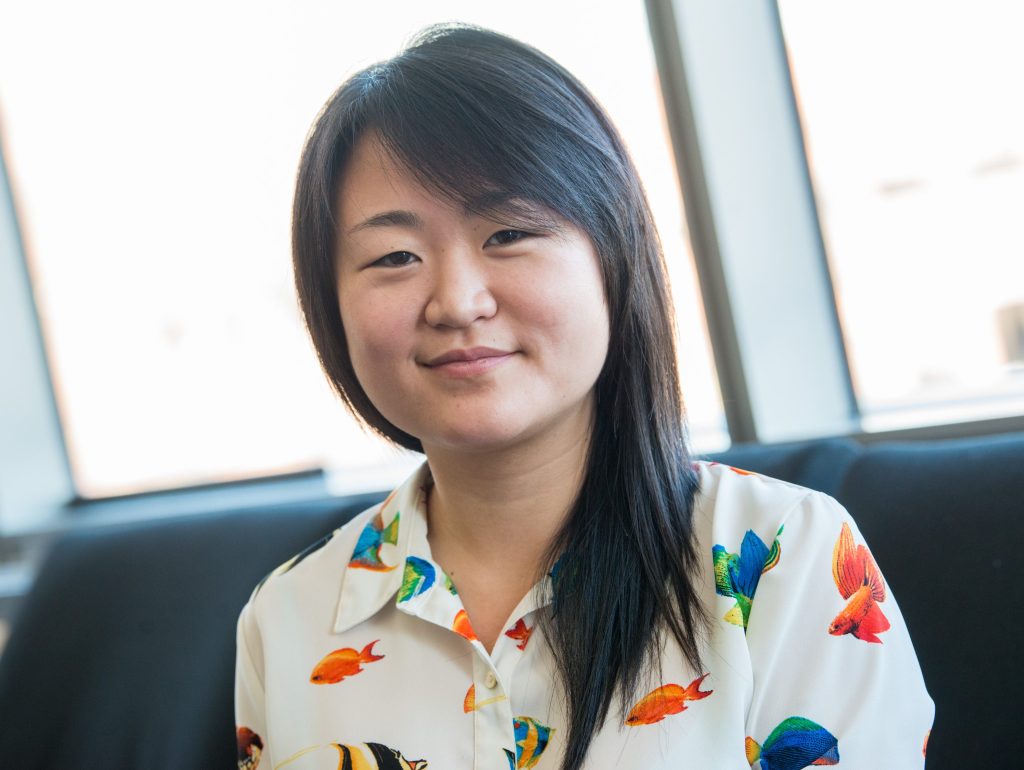
“I knew this environment was right for me,” said Hong. “I’ve worked with great female and male leaders since joining the company and been exposed to many different areas of expertise. I see real opportunities for growth.”
Women empowering other women in science
Strong networks and outreach are important to not only maintain a pipeline to potential female scientist candidates but also retain and promote those already on the team. They can include things like collaborative communities, mentor programs, publishing papers or grassroots efforts.
“We’re empowered to take steps to support women in this field.”
- Niki Patel
Associate principal scientist
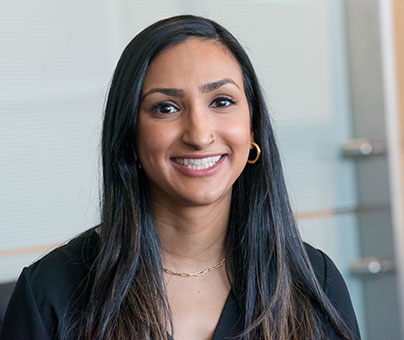
“For example, I’ve helped organize forums to discuss topics on diversity and inclusion and participated in career panels geared toward supporting women and underrepresented groups in the field,” said Patel.
Sometimes, that support might simply be a quick note of recognition.
“I try to acknowledge micro-accomplishments in the moment — things that seem small but are important to that person,’” said Mohan. “It’s a simple, personal way to show someone they — and their work — matter.”
In addition to kudos from colleagues, many of our female scientists have been recognized externally. In the last three years, 12 women in the department have been honored with individual awards or as key contributors in team awards. These awards include the ACS Division of Organic Chemistry Early Career Investigator, ACS WCC Rising Star, ACS Fellow, Heroes of Chemistry, the Edison Patent Award, the ACS Award for Computers in Chemistry and Pharma, and an HBA Rising Star.
“We have a high success rate,” said McCabe Dunn. “Ninety-two percent of the women we’ve nominated or renominated for individual awards have won.”
Can women have a successful career in science? Absolutely. As Mohan says, “Know your core, be true to it and value what makes you a unique asset.”
